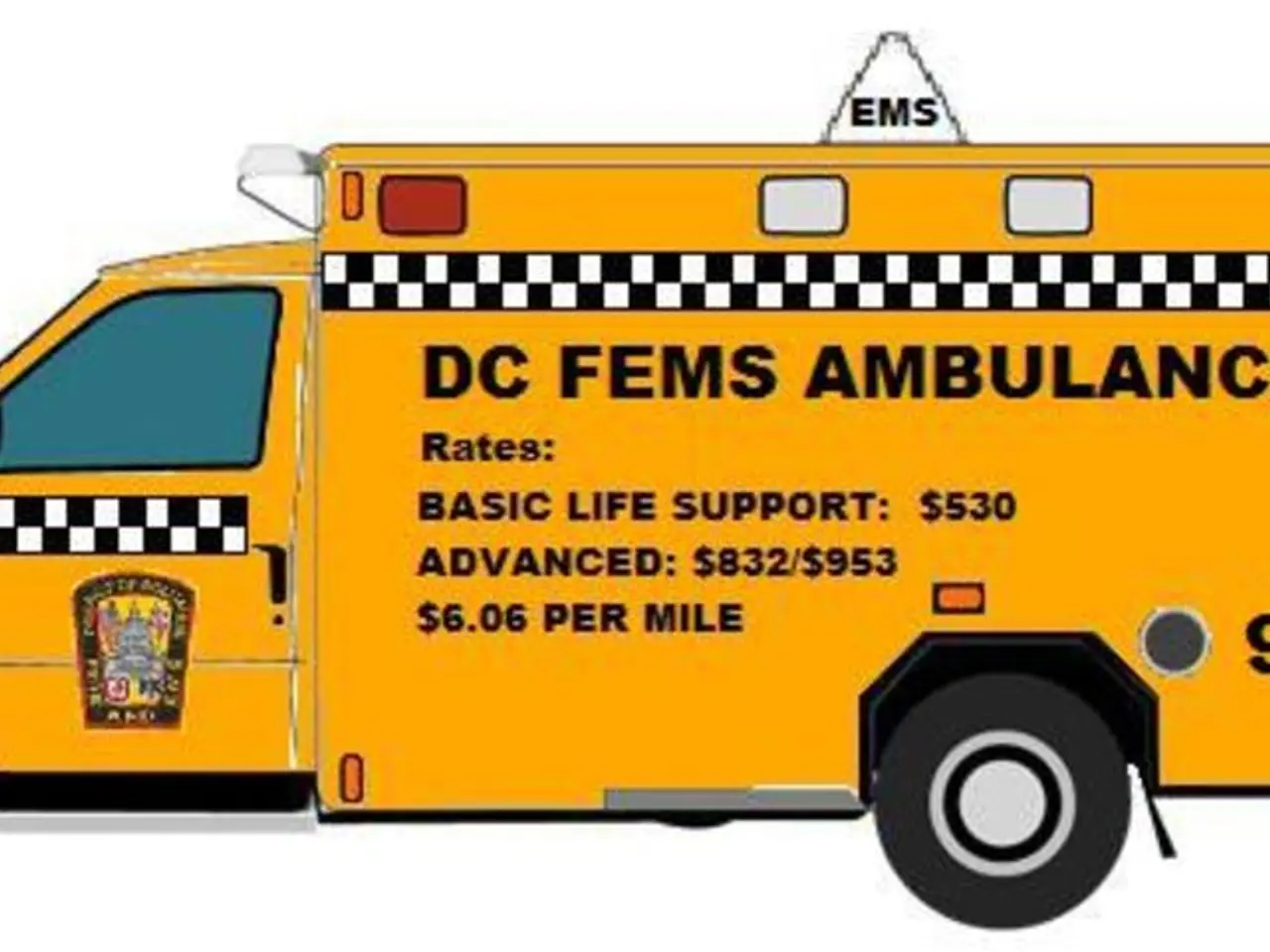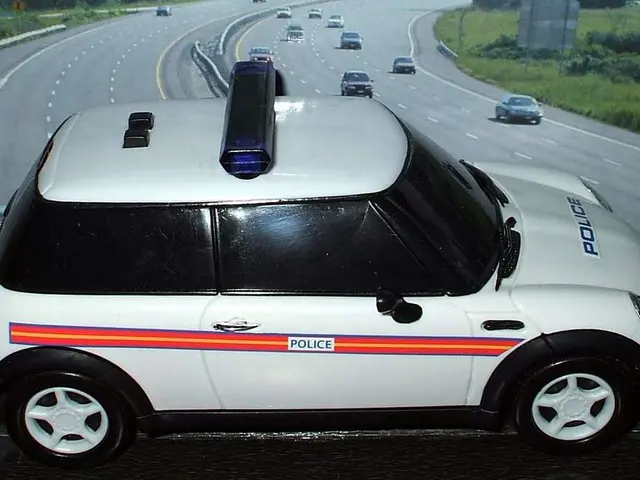Prepare yourself, novice drivers! New questions are being introduced for the theory test soon
UK Integrates CPR and Defibrillator Knowledge into Learner Driver Theory Tests
Starting in early 2026, the UK is set to integrate CPR and defibrillator (AED) knowledge into learner driver theory tests, in a bid to prepare future drivers to act effectively in emergency situations such as cardiac arrest.
The Driver and Vehicle Standards Agency (DVSA) has updated the car and motorcycle theory tests to include questions on basic CPR skills and AED use. Learners must understand CPR fundamentals, including correct hand placement, compression depth (5–6 cm for adults), and compression rate (100–120 compressions per minute). They must also know when and how to use an AED, including turning it on, following voice prompts, and safely delivering a shock.
Approximately 2.4 million learner drivers take the theory test annually, meaning this change will widely disseminate CPR/AED knowledge among potential drivers. The move responds to the fact that more than 40,000 people in the UK suffer out-of-hospital cardiac arrest yearly, with fewer than 10% surviving. Early CPR and AED use within 3-5 minutes can raise survival rates to around 70%.
The initiative aims to normalize CPR readiness among the public, improve cardiac arrest survival rates, and equip drivers to be lifesavers since motorists are often first on the scene in road emergencies. This update was developed with clinical partners including the Resuscitation Council UK and Save a Life programmes from Scotland, Northern Ireland, and Wales.
Learners are encouraged to start familiarizing themselves with these first aid skills from autumn 2025 ahead of the official full launch. Before booking a practical driving test, candidates must pass the updated theory test, which includes these life-saving questions alongside hazard perception assessments.
The exact date for the implementation of these changes in theory tests has not been specified. However, Professor Len Nokes, chair of Save a Life Cymru, supports the inclusion of these life-saving skills in the theory test to increase the number of people aware of CPR and defibrillator use.
Professor Nokes, who led calls for the inclusion of these questions following the death of his 24-year-old daughter from cardiac arrest complications in 2017, believes that having this knowledge could have potentially made a difference in his daughter's case. Mark Winn, the chief driving examiner at DVSA, stated that knowing what to do in an emergency, such as performing CPR and using a defibrillator, is part of being a safe and responsible driver.
In conclusion, the UK's decision to embed CPR and defibrillator awareness directly into driving theory tests is a significant step towards enhancing emergency response readiness and ultimately saving lives.
- With the integration of CPR and defibrillator (AED) knowledge into learner driver theory tests, the UK aims to equip motorists, who are often first on the scene in road emergencies, with lifesaving skills, bridging the gap between science (CPR techniques and AED usage) and the importance of health-and-wellness in emergency situations.
- As more than 40,000 people in the UK suffer out-of-hospital cardiac arrest yearly, with fewer than 10% surviving, the inclusion of CPR/AED knowledge in the driver theory tests could potentially reduce war-like scenarios that result from failed emergency responses, increasing the survival rates of those in need and underscoring the interplay between health-and-wellness, science, and societal safety.




